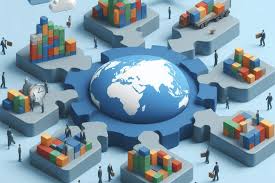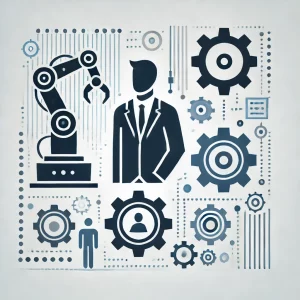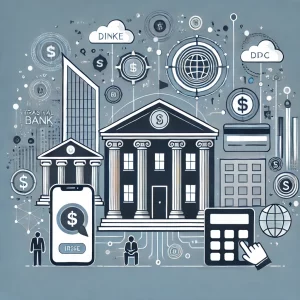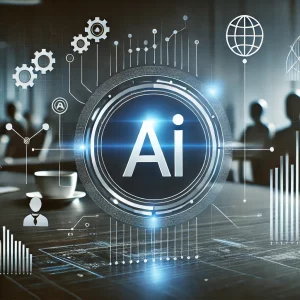The Impact of 3D Printing on Manufacturing
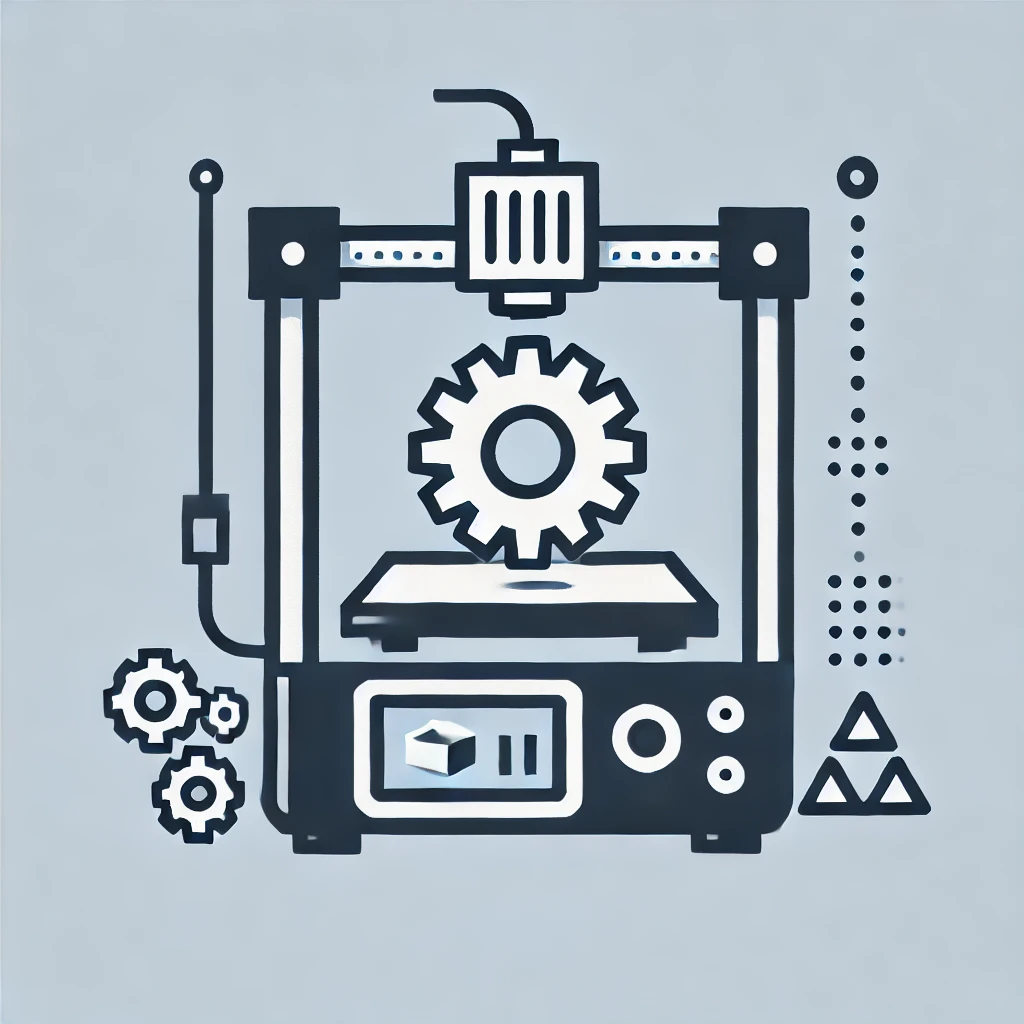
3D printing, also known as additive manufacturing, is transforming the landscape of traditional manufacturing by offering innovative ways to design, produce, and distribute products. Unlike conventional manufacturing processes that involve subtracting material from a solid block or molding parts, 3D printing builds objects layer by layer, creating complex structures that were previously difficult or impossible to produce. This technology is revolutionizing various industries, from aerospace and healthcare to automotive and consumer goods, by making production more flexible, efficient, and customizable.
In this article, we will explore how 3D printing is impacting manufacturing, its benefits, challenges, and future potential.
1. Enhanced Design Flexibility
3D printing allows manufacturers to create complex geometries and intricate designs that are not feasible with traditional methods. By using computer-aided design (CAD) software, designers can produce parts with unique shapes, internal structures, and lightweight components that offer the same strength and durability as conventionally manufactured parts. This enhanced design flexibility opens up new possibilities for product innovation.
For instance, in the aerospace industry, 3D printing is used to produce lighter and more efficient engine components. These parts have complex internal structures that reduce weight without compromising strength, leading to better fuel efficiency and performance.
2. Reduced Production Costs
3D printing can significantly reduce production costs, especially for low-volume and custom manufacturing. Traditional manufacturing processes often require expensive molds, tools, and specialized machinery, which are not cost-effective for small production runs. In contrast, 3D printing eliminates the need for tooling, allowing manufacturers to produce custom parts on-demand without incurring additional setup costs.
This cost advantage is particularly beneficial for prototyping and small-batch production, where companies can quickly produce and test new designs without the need for mass production. It also reduces waste since 3D printing uses only the material necessary to build the object, making it an eco-friendly alternative to traditional subtractive processes.
3. Faster Time-to-Market
Speed is one of the most significant advantages of 3D printing in manufacturing. By streamlining the prototyping and production processes, 3D printing allows companies to bring products to market faster. Traditional manufacturing methods involve lengthy lead times for tooling and production setup, but with 3D printing, prototypes can be created within hours or days, rather than weeks.
This rapid prototyping capability enables designers to iterate on their ideas quickly, refine product designs, and test functionality before moving to full-scale production. For companies in competitive industries, faster time-to-market can be a key factor in gaining an edge over competitors.
4. Customization and Personalization
3D printing makes it possible to customize products to meet individual customer needs, opening up new opportunities for personalized manufacturing. In traditional manufacturing, customization can be costly and time-consuming due to the need for different molds or setups for each variation. However, with 3D printing, customization is straightforward, as the same printer can produce different designs without retooling.
Industries such as healthcare, fashion, and consumer goods benefit greatly from this capability. For example, medical professionals can use 3D printing to create patient-specific implants, prosthetics, and dental devices that match the exact anatomy of an individual. In the fashion industry, designers can produce custom accessories, footwear, and even clothing tailored to specific customer preferences.
5. Supply Chain Transformation
3D printing is reshaping supply chains by enabling localized and on-demand production. Traditionally, manufacturers would mass-produce goods in centralized factories and ship them to various locations, often leading to high inventory costs and long lead times. With 3D printing, manufacturers can produce parts and products closer to the end user, reducing the need for warehousing and transportation.
This decentralized production model is especially useful for spare parts and maintenance, where companies can 3D print replacement components on-site rather than relying on distant suppliers. It also reduces the risk of supply chain disruptions, as companies can quickly adapt to changing demand by printing parts as needed.
6. Environmental Sustainability
Traditional manufacturing often involves wasteful processes, such as cutting or milling, that generate excess material. In contrast, 3D printing is an additive process that uses only the material required to create the part, resulting in minimal waste. This makes 3D printing a more sustainable option for manufacturing, as it reduces the consumption of raw materials and energy.
Moreover, 3D printing enables the use of recycled materials and biodegradable polymers, further enhancing its environmental benefits. For industries aiming to reduce their carbon footprint, 3D printing offers a way to achieve more sustainable production practices.
Challenges of 3D Printing in Manufacturing
Despite its many benefits, 3D printing faces several challenges that limit its widespread adoption:
- Material Limitations: While the range of materials available for 3D printing is expanding, it is still limited compared to traditional manufacturing methods. Some materials, especially high-performance metals and composites, may not yet be suitable for certain industrial applications.
- High Initial Costs for Industrial 3D Printers: Although 3D printing can reduce production costs in the long run, industrial-grade 3D printers can be expensive to purchase and maintain. This may be a barrier for small businesses or companies just starting to integrate 3D printing into their operations.
- Speed Limitations for Large-Scale Production: While 3D printing is ideal for low-volume and custom production, it may not yet be fast enough to compete with traditional methods for large-scale manufacturing. For mass production, traditional techniques such as injection molding may still be more efficient.
- Post-Processing Requirements: Many 3D-printed parts require post-processing, such as sanding, polishing, or heat treatment, to achieve the desired quality. This can add time and cost to the manufacturing process.
The Future of 3D Printing in Manufacturing
The future of 3D printing in manufacturing looks promising, with continued advancements in materials, printer capabilities, and automation. As technology evolves, we can expect:
- Wider Material Choices: Innovations in material science will enable the use of a broader range of metals, ceramics, and composite materials, expanding the applications of 3D printing.
- Improved Printing Speed: Ongoing research aims to develop faster 3D printing methods that can support large-scale production, making additive manufacturing more competitive with traditional techniques.
- Integration with Smart Manufacturing: The combination of 3D printing with other technologies, such as AI, robotics, and IoT, will create smarter, automated production systems that can self-optimize for efficiency and quality.
As 3D printing continues to mature, it will likely play a crucial role in shaping the future of manufacturing, driving innovation, and transforming supply chains.
Conclusion
3D printing is having a profound impact on manufacturing by enhancing design flexibility, reducing production costs, enabling rapid prototyping, and transforming supply chains. While there are challenges to overcome, the potential of 3D printing to revolutionize various industries is undeniable. As technology continues to advance, we can expect 3D printing to become a cornerstone of modern manufacturing, offering new opportunities for innovation, customization, and sustainability.
